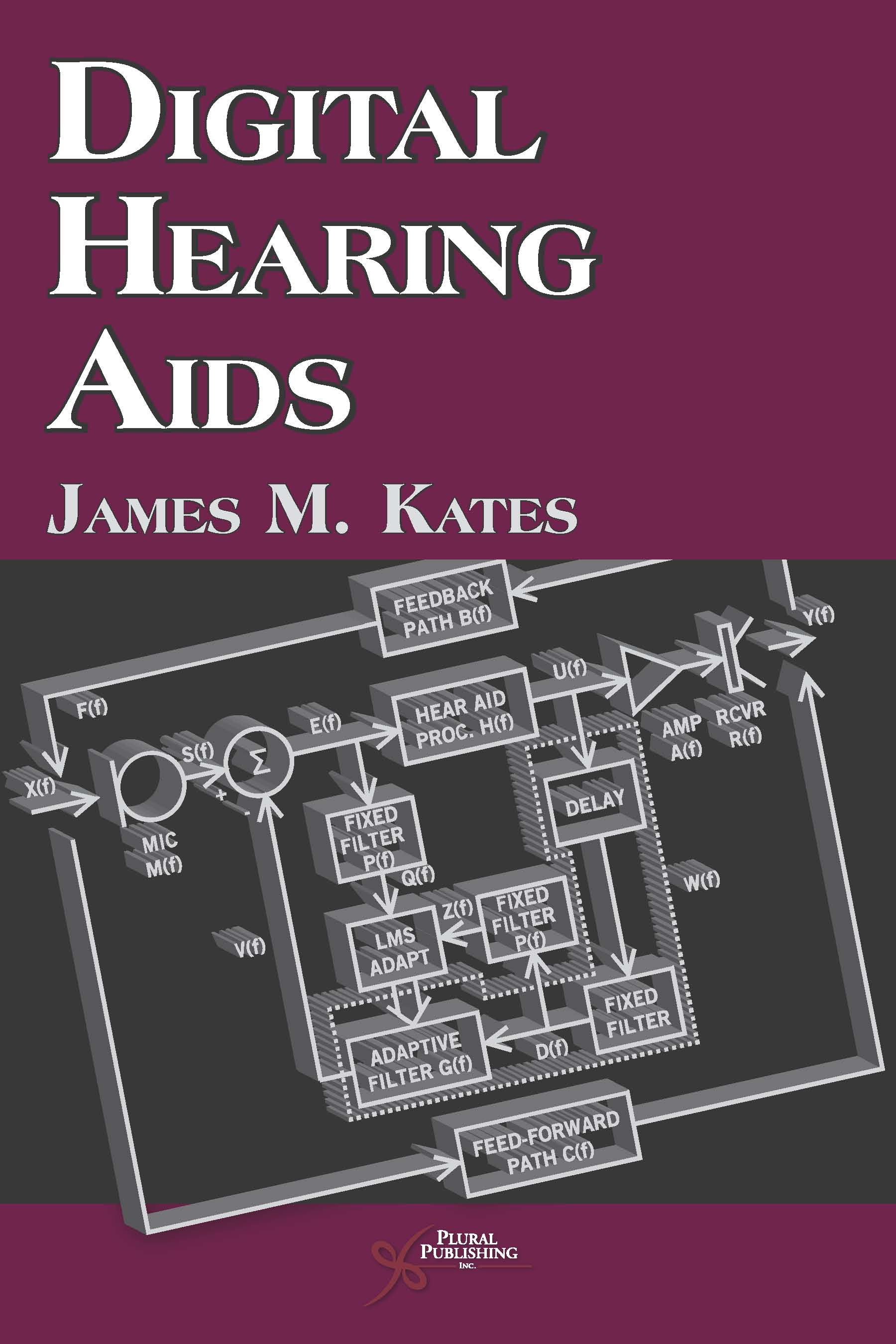
Digital Hearing Aids
First Edition
James M. Kates
Details: 464 pages, B&W, Softcover, 6" x 9"
ISBN13: 978-1-59756-317-8
© 2008 | Available
For Instructors
Purchase
The first book available on the subject, Digital Hearing Aids provides an overview of the signal-processing strategies implemented in modern digital hearing aids. Algorithms ranging from dynamic-range compression and directional microphones to sound classification and binaural noise suppression are clearly explained. The basic equations describing the signal-processing algorithms are presented along with full explanations for those less comfortable with the mathematics, and each processing strategy is accompanied by a summary of its effectiveness. The text is intended for a graduate audiology course in hearing aids and hearing-aid technology.
Reviews
"I was a little daunted when I flicked thought the book, due to the many mathematical equations and circuit diagrams ... However, I need not have worried, as the book is very well written and it is possible to follow the explanations without fully appreciating the details of the equations. ... An excellent reference resource for those involved in selecting and programming hearing aids and counselling users in the limitations of their aids."
—H. Martin, Journal of Laryngology and Otology (2009)
"The author does a good job of explaining the complexities involved, the capabilities, and constraints of signal processing. Additionally, the book is littered with mathematical equations, graphs, charts, and figures to ease the difficulties of understanding the concepts discussed."
—Denise Hoysack, AuD, CCC-A, Otology & Neurotology (2010)
"... The text is easily understood and complete with specifics useful to those who desire to stay current with digital hearing aids technology."
Ron Brouillette, PhD, Advisory Group on the Prevention of Hearing Impairments (2009)
- Preface
- Hearing-Aid Technology
- Types of Hearing Aids
- From Analog to Digital
- Digital Circuit Components
- Batteries
- Concluding Remarks
- References
- Signal Processing Basics
- Signal and System Properties
- Discrete Fourier Transform
- Filters and Filter Banks
- Block Processing
- Digital System Concerns
- Concluding Remarks
- References
- The Electroacoustic System
- Hearing Aid System
- Head and Ear
- Microphone and Receiver
- Vent Acoustics
- Occlusion Effect
- Concluding Remarks
- References
- Directional Microphones
- Hearing-Aid Microphones
- Directional Response Patterns
- Frequency Response
- Magnitude Frequency Response
- Microphone Mismatch
- Interaction with Vents
- Microphone Noise
- Microphones on the Head
- Microphone Performance Indices
- Rooms and Reverberation
- Benefit in the Real World
- Concluding Remarks
- References
- Adaptive and Multi-Microphone Arrays
- Two-Microphone Adaptive Array
- Delay-And-Sum Beamforming
- Adaptive Arrays
- Superdirective Arrays
- Widely-Spaced Arrays
- Array Benefits
- Concluding Remarks
- References
- Wind Noise
- Turbulence
- Hearing-Aid Measurements
- Signal Characteristics
- Wind-Noise Reduction
- Concluding Remarks
- References
- Feedback Cancellation
- The Feedback System
- Gain-Reduction Solutions
- Adaptive Feedback Cancellation
- Processing Limitations
- Concluding Remarks
- References
- Dynamic-Range Compression
- Does Compression Help?
- Algorithm Design Concerns
- Single-Channel Compression
- Multi-Channel Compression
- Frequency-Domain Compression
- Frequency Warping
- Concluding Remarks
- References
- Single-Microphone Noise Suppression
- Properties of Speech and Noise Signals
- Low-Level Expansion
- Envelope Valley Tracking
- Bandwidth Reduction
- Envelope Modulation Filters
- Concluding Remarks
- References
- Spectral Subtraction
- Noise Estimation
- Wiener Filter
- Spectral Subtraction
- Algorithm Effectiveness
- Concluding Remarks
- References
- Spectral Contrast Enhancement
- Auditory Filters in the Damaged Cochlea
- Spectral Valley Suppression
- Spectral Contrast Modification
- Excess Upward Spread of Masking
- F2/F1 Ratio
- Processing Comparison
- Combining Spectral Contrast Enhancement with Compression
- Concluding Remarks
- References
- Sound Classification
- The Rationale for Classification
- Signal Features
- Feature Selection
- Classifier Algorithms
- Classification Examples
- Concluding Remarks
- References
- Binaural Signal Processing
- The "Cocktail Party" Problem
- Signal Transmission
- Binaural Compression
- Binaural Noise Suppression
- Dichotic Band Splitting
- Concluding Remarks
- References
- Index
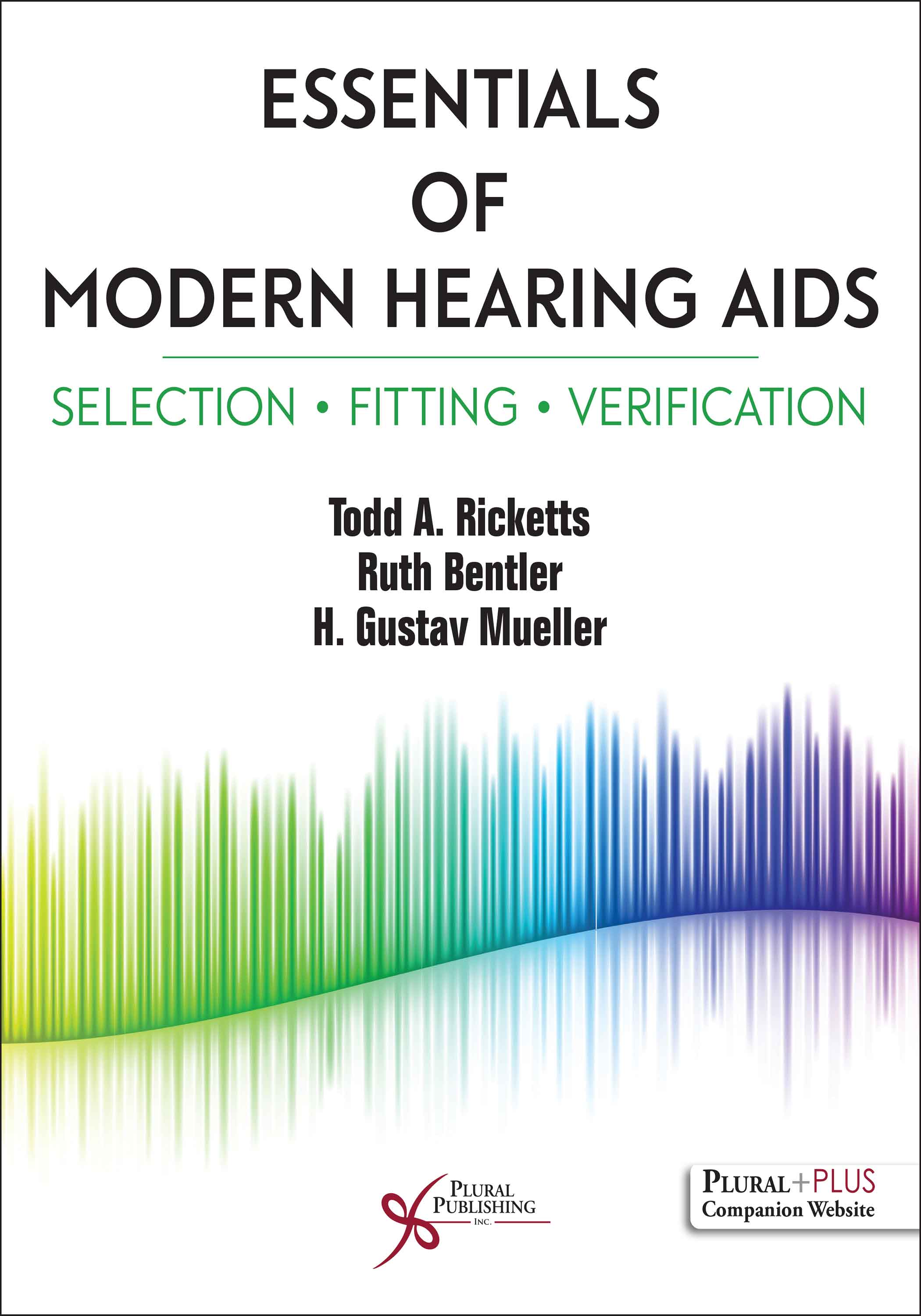
Essentials of Modern Hearing Aids: Selection, Fitting, and Verification
First Edition
Todd A. Ricketts, Ruth Bentler, H. Gustav Mueller
Details: 888 pages, B&W, Hardcover, 8.5" x 11"
ISBN13: 978-1-59756-853-1
© 2019 | Available
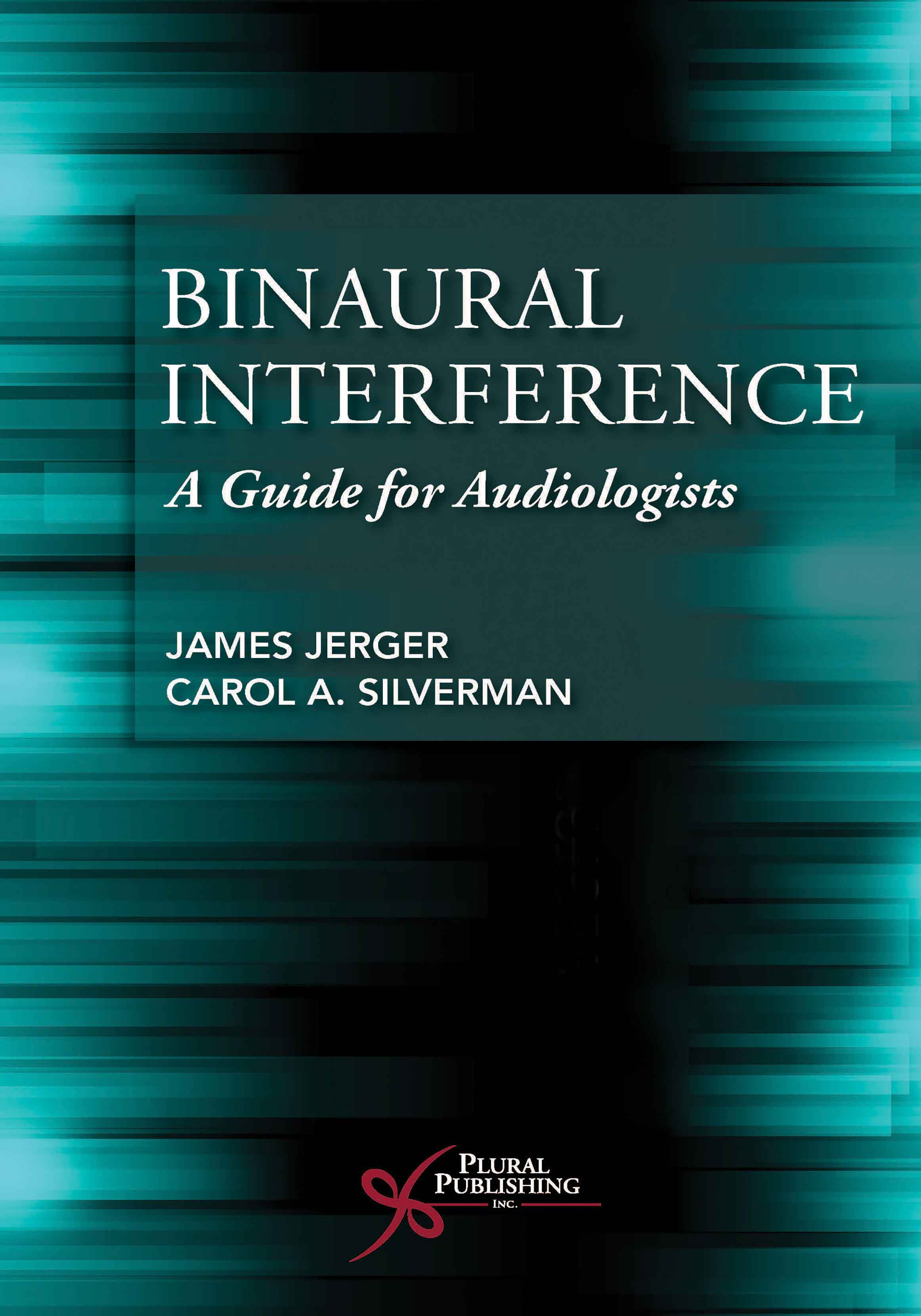
Binaural Interference: A Guide for Audiologists
First Edition
James Jerger, Carol A. Silverman
Details: 124 pages, B&W, Softcover, 6" x 9"
ISBN13: 978-1-63550-076-9
© 2018 | Available
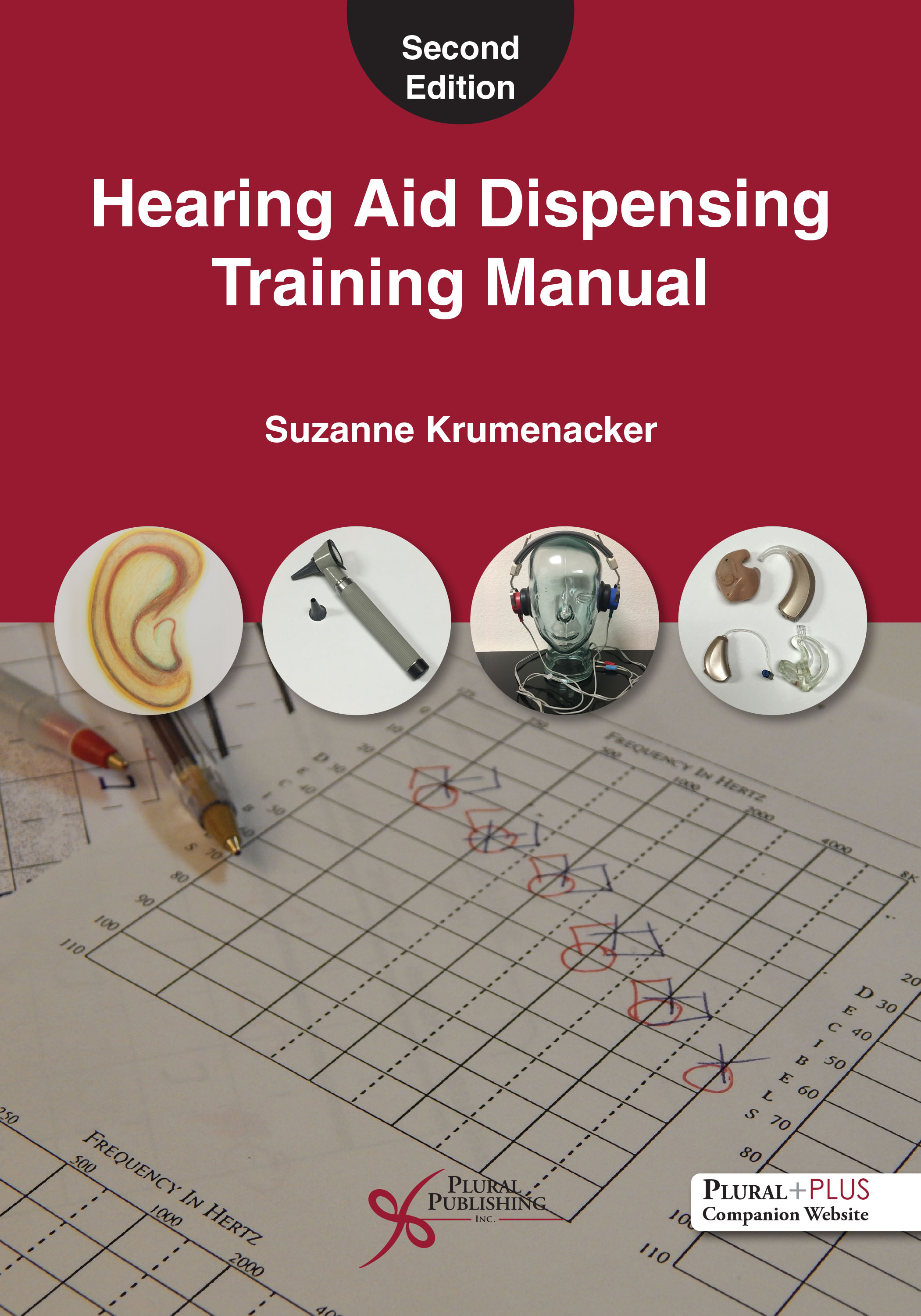
Hearing Aid Dispensing Training Manual
Second Edition
Suzanne Krumenacker
Details: 220 pages, B&W, Softcover, 7" x 10"
ISBN13: 978-1-63550-131-5
© 2019 | Available
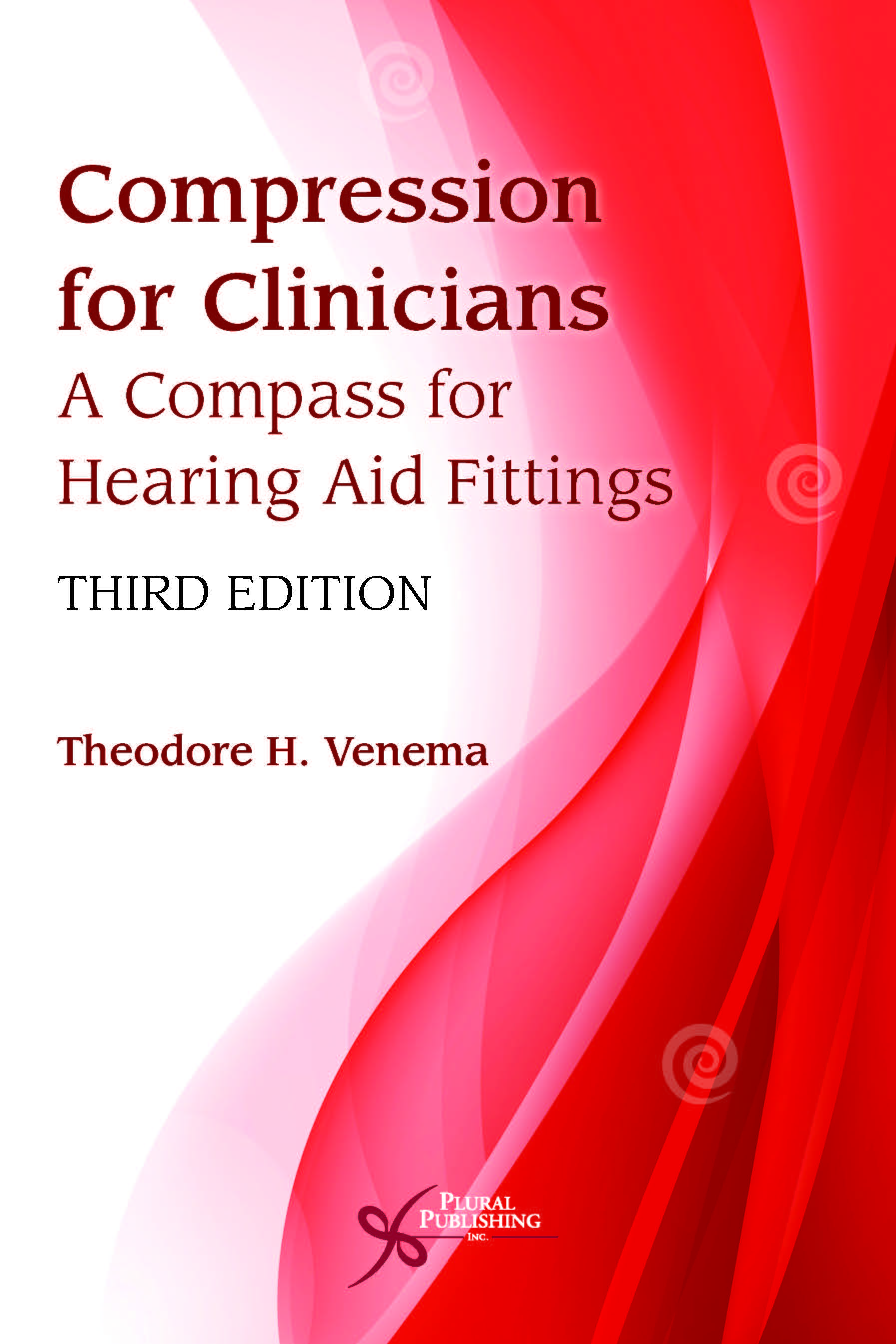
Compression for Clinicians: A Compass for Hearing Aid Fittings
Third Edition
Theodore H. Venema
Details: 416 pages, B&W, Softcover, 6" x 9"
ISBN13: 978-1-59756-987-3
© 2017 | Available
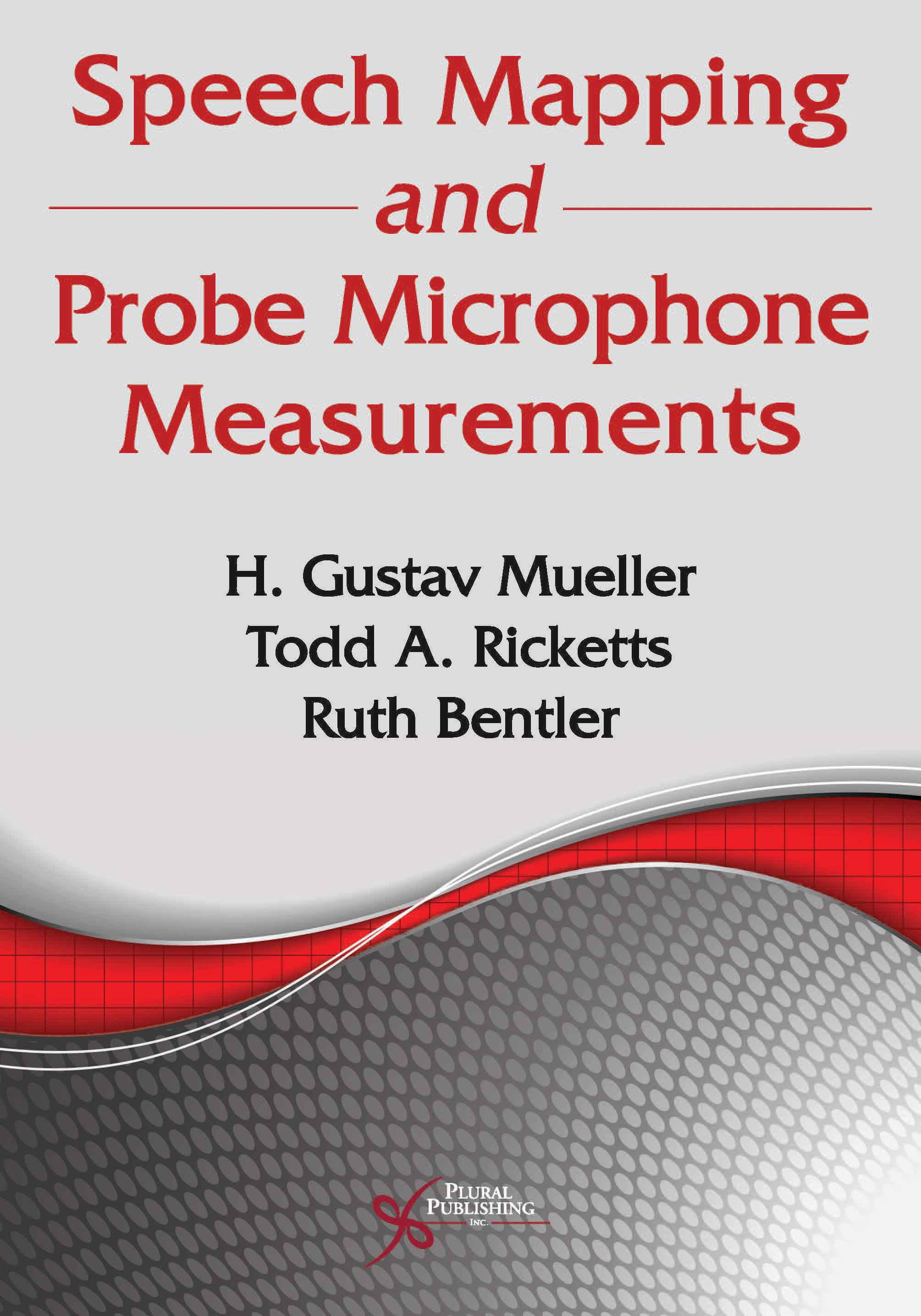
Speech Mapping and Probe Microphone Measurements
First Edition
H. Gustav Mueller, Todd A. Ricketts, Ruth Bentler
Details: 320 pages, B&W, Softcover, 7" x 10"
ISBN13: 978-1-94488-394-2
© 2017 | Available
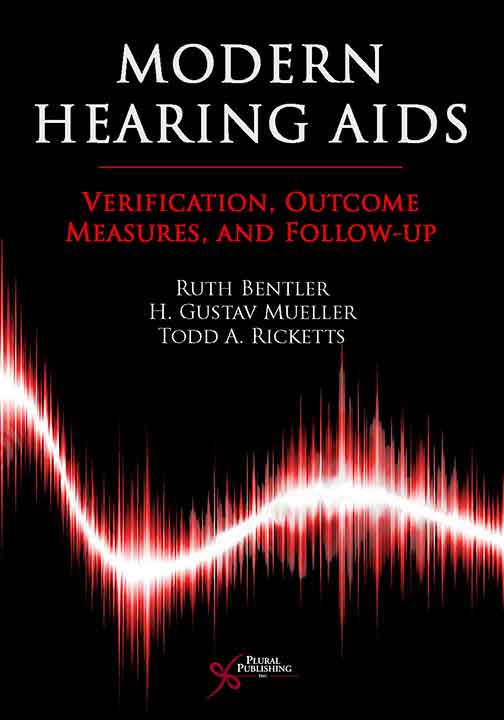
Modern Hearing Aids: Verification, Outcome Measures, and Follow-Up
First Edition
Ruth Bentler, H. Gustav Mueller, Todd A. Ricketts
Details: 748 pages, B&W, Hardcover, 8.5" x 11"
ISBN13: 978-1-59756-482-3
© 2016 | Available
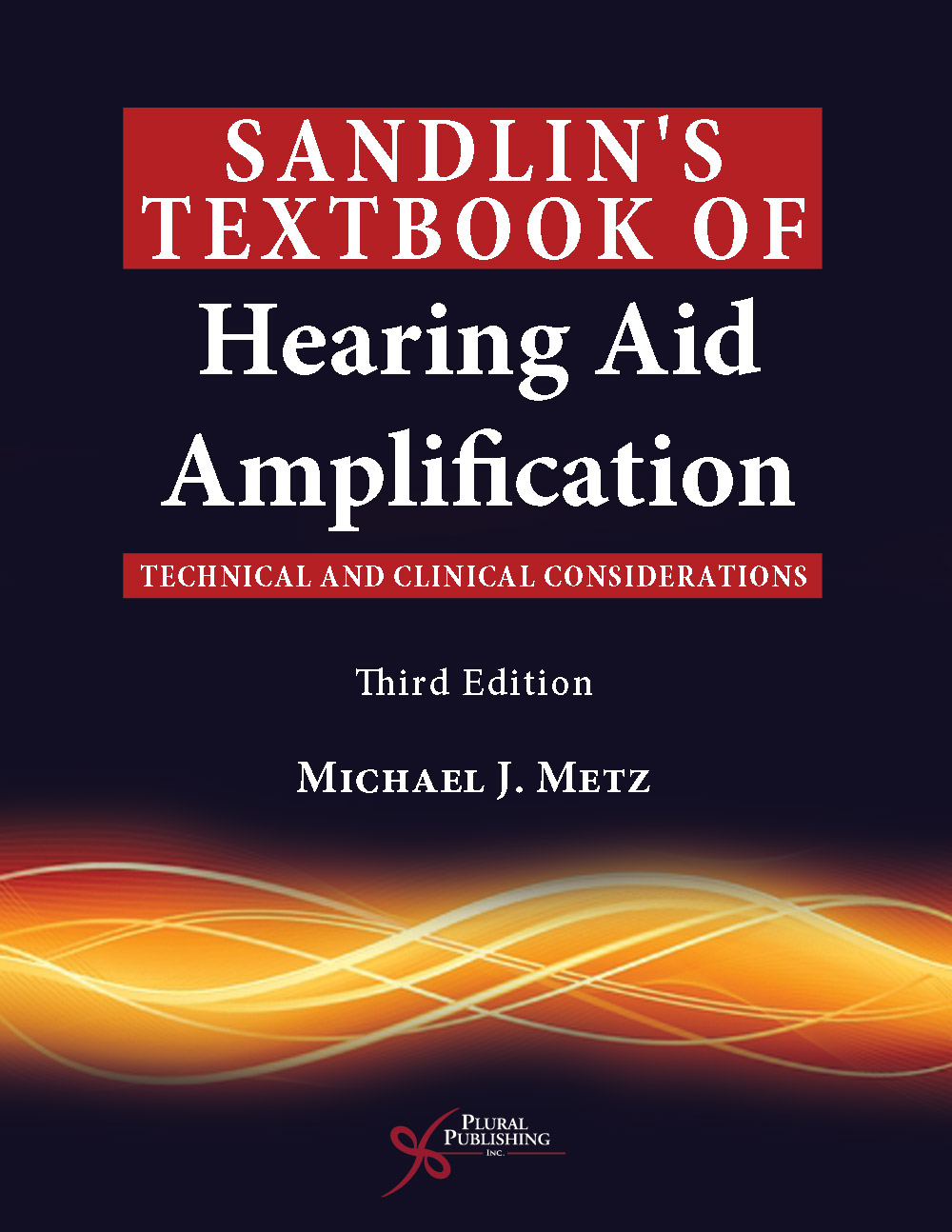
Sandlin's Textbook of Hearing Aid Amplification: Technical and Clinical Considerations
Third Edition
Michael J. Metz
Details: 776 pages, B&W, Softcover, 7" x 10"
ISBN13: 978-1-59756-563-9
© 2014 | Available
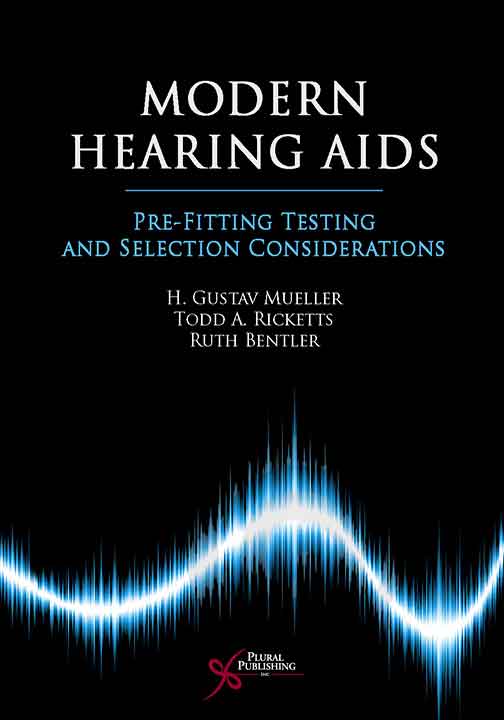
Modern Hearing Aids: Pre-Fitting Testing and Selection Considerations
First Edition
H. Gustav Mueller, Todd A. Ricketts, Ruth Bentler
Details: 472 pages, B&W, Hardcover, 8.5" x 11"
ISBN13: 978-1-59756-138-9
© 2014 | Available

